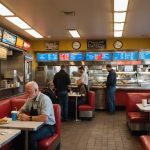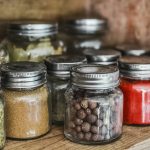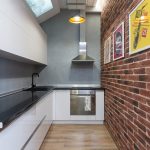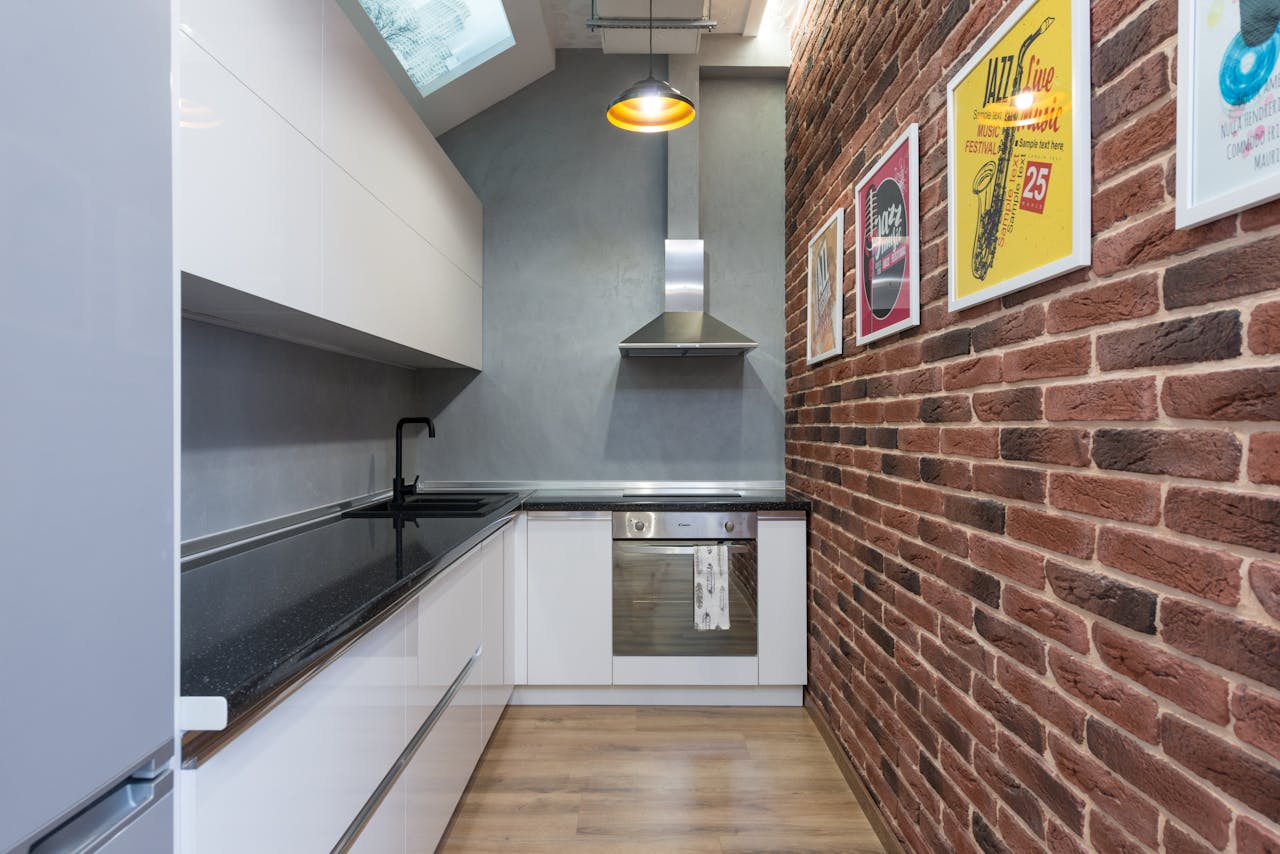A well-designed space can stir emotions, alter perceptions, and even influence actions. This is especially true for a restaurant, where the choice of design, the layout, and the interior decor contribute significantly to crafting a unique dining experience. One element that is often overlooked in the design process is the kitchen wall art. This visual component can evoke certain feelings, create an ambiance, and interestingly, influence food cravings. This article delves into the incredible power of color, space, and art in the restaurant environment, and how it impacts the dining experience.
The Power of Color in Kitchen Design
The choice of color in a restaurant’s kitchen design is more than an aesthetic decision. Colors evoke emotions and stimulate certain physiological responses. For instance, warm colors like red and yellow are known to stimulate appetite and create a sense of urgency, a reason why many fast-food chains use these colors.
Also read : What are the best spices to keep in your kitchen for calorie-conscious cooking?
When choosing a color for your kitchen wall art, consider the type of craving you want to induce. If you’re a fast-food joint, fiery reds or sunny yellows can stir up hunger and a sense of urgency. If you’re a health food restaurant, you might consider fresh, natural colors like green and blue to evoke a sense of wellness and calm.
The Art of Choosing Kitchen Wall Art
The kitchen is often considered the heart of a restaurant. Therefore, the art on the walls should not only be complementary to the overall interior design, but it should also resonate with the type of food being served.
Also to discover : What are the best DIY tools for creating custom, slim-friendly kitchen storage?
Cuisine-specific art can create a strong visual cue, inducing cravings for the food on offer. For instance, a pizza place might have wall art showcasing the artistry of pizza making or even picturesque scenes from Italy. Similarly, a seafood restaurant might choose art pieces that embody the sea, such as paintings of ocean scenes, fishing, or marine life.
Creating Space with the Right Design Elements
The feeling of space in a restaurant can significantly influence the overall dining experience. A cluttered room can make customers feel cramped and uncomfortable, while a spacious, well-lit dining area can offer a more relaxed dining experience.
Kitchen wall art can be strategically utilized to create an illusion of space. Lighter shades, mirrors, and well-placed art pieces can make a room feel larger and more open. On the other hand, darker colors can make a space feel smaller and cozier, providing an intimate setting for a fine dining experience.
Setting the Mood with Lighting
Lighting is another influential design element in a restaurant. It directly affects how customers perceive the space, the food, and even the other people in the room. It can create ambiance, highlight specific elements such as wall art, and significantly influence food cravings.
Brighter lights tend to make people eat faster and are commonly used in fast-food restaurants. Meanwhile, dim lights create a relaxed environment, encouraging customers to take their time and possibly order more food or drinks.
Staying On Top of Trends
While it’s crucial to maintain a consistent aesthetic that matches your brand, keeping up with the latest trends in restaurant design can provide fresh inspiration for your kitchen wall art.
Food trends and design trends often go hand in hand. For instance, the recent trend towards healthier eating has seen an increase in the use of green and blue in restaurant designs. These colors are often associated with health, freshness, and nature.
Similarly, the farm-to-table trend has seen a rise in the use of natural materials and earth tones in restaurant design, reflecting the emphasis on fresh, locally-sourced ingredients. Such trends can guide the selection of wall art and other design elements in your kitchen, helping to create a space that not only looks current but also enhances the overall dining experience.
Remember, kitchen wall art is more than just a decorative element. It is a tool that can stimulate appetites, influence cravings, and create a memorable dining experience.
Balancing Aesthetics and Functionality in Kitchen Design
The task of designing a restaurant kitchen involves a delicate balance between aesthetics and functionality. The kitchen needs to be visually appealing to create a pleasant atmosphere for the staff and potentially the customers if it’s an open kitchen. Simultaneously, it must remain a highly functional space that facilitates efficient food cooking and service delivery.
The choice of wall art in the kitchen can serve both these purposes. For instance, wall prints of famous chefs like Julia Child can create a sense of culinary authenticity and passion among the kitchen staff. Similarly, artwork or murals depicting scenes from a bustling kitchen can add dynamic energy to the space, while a photo courtesy of a local farmer or food producer can underscore the restaurant’s commitment to sourcing local, fresh ingredients.
The functionality aspect can be addressed by incorporating practical elements into the wall art. For instance, a large, artistically designed chalkboard can serve as a menu board or a place to jot down daily specials, bringing utility to the art. Similarly, a beautifully framed vintage poster illustrating different cuts of meat or types of fish can serve as both a decorative piece and a reference guide for the kitchen staff.
As an interior designer, it’s crucial to ensure that the wall art aligns well with the overall kitchen design and color palette. Not only can this further enhance the attractiveness of the space, but it can also play a crucial role in reinforcing the restaurant’s brand aesthetics, contributing to a cohesive and immersive dining experience.
Conclusion: The Impact of Kitchen Wall Art on Food Branding
In the highly competitive food industry, creating a distinct identity for your restaurant is crucial. This is where food branding comes into play. It’s not just about the logo or the menu design, but the entire sensory experience that the restaurant provides. And an often-overlooked part of this branding puzzle is the choice of kitchen wall art.
Kitchen wall art, thoughtfully chosen and well-placed, can contribute to shaping a restaurant’s image and brand. It can mirror the restaurant’s philosophy, whether it’s fast food or fine dining, and subconsciously influence customers’ food cravings and dining habits.
Moreover, in this age of social media, visually appealing kitchen interiors, including wall art, can significantly contribute to the restaurant’s online presence. Pictures of beautifully designed kitchens can make for compelling content on platforms like Instagram, attracting potential customers and creating buzz around the restaurant’s brand.
Incorporating dark colors in the kitchen can add depth and create a sense of intimacy, resonating with restaurants that offer a fine dining experience. On the contrary, a brighter color palette can capture the lively atmosphere of a bustling fast food joint or a casual dining restaurant.
Julia Child once said, "The kitchen is a country in which there are always discoveries to be made." The choice of kitchen wall art plays a key role in defining the landscape of this country. Whether it’s creating a comfortable atmosphere for the chefs, influencing customers’ food cravings, or communicating the restaurant’s brand, the power of kitchen wall art should never be underestimated.






